(Batches Start from 4th & 27th January 2023)
About The Program:
With the belief to build a healthy ecosystem as per the Industry Standards REGex Software brings Specialization Program on “Java Full Stack Development”. We organize Java Full Stack Development Specialization Program for improving the knowledge and skills of the Students/Professionals, so that they can become expert in the field of Java and get their Dream Job in Software Development Field in Big MNCs.
REGex Software Services’s Java Full Stack Development Specialization program is a valuable resource for beginners and experts. This program will introduce you to Data Structures, Java, Python, Database, Advance Java Concepts, Operating System, Computer Networks and Interview Based Questions of Product Based Companies from Basics to Advance. If you are preparing for a coding interview, REGex introduce this program for you.
Best affordable Python + Django program with live classes and doubt solving. You can also access to recordings of the classes. Teachers and mentor are very good. All syllabus covered in given time. With multiple live examples. Best part of training is friendly environment. Don't hesitate to enroll if you've never heard the name of this company before. You will not be disappointed.
Competitive Programming is the best course they have - i am part of both python and C++ course. Cracked several interviews with their course, poll test & assignment are always new and beneficial. Best CP course you will find here, i hope this will be beneficial for you
Tushar sir is best in delivery. His approach is mind blowing. I have not found any gap although I am from U.S Lots of Big Data tools I have learnt like Hadoop, Hive, Spark, Sqoop & most amazingly Talend ETL Tools which was the most lovely part of training. every component is told in very simple terms with great practical approach
I recently joined Python Django(Web Development - Full Stack)Course About Course: - I must say instructor makes every concept simple to understand - No Copy Paste,Every line of code is explained - Even given Assignments to work on - Even given Projects to work on If you looking to learn Python Django I highly recommend to go for this course
I am from UK & loved the teaching. Competitive Programming was the best experience I had in coding. I can truly say the money I spend is worth it. Go for it guys!!
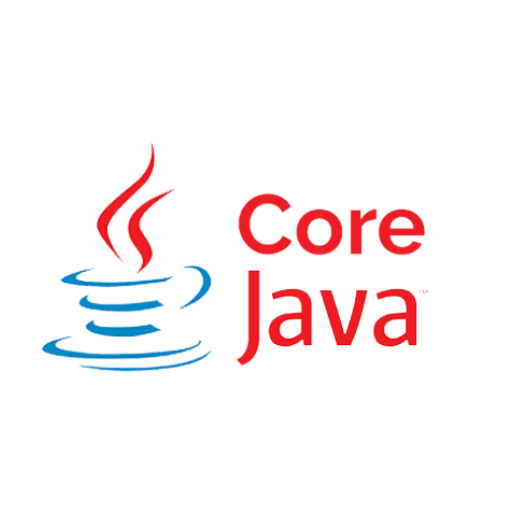
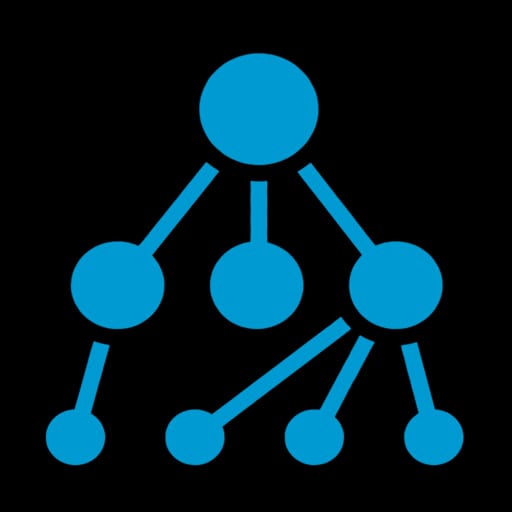
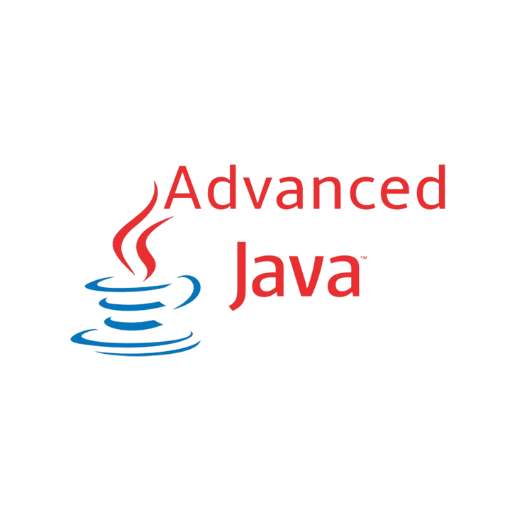

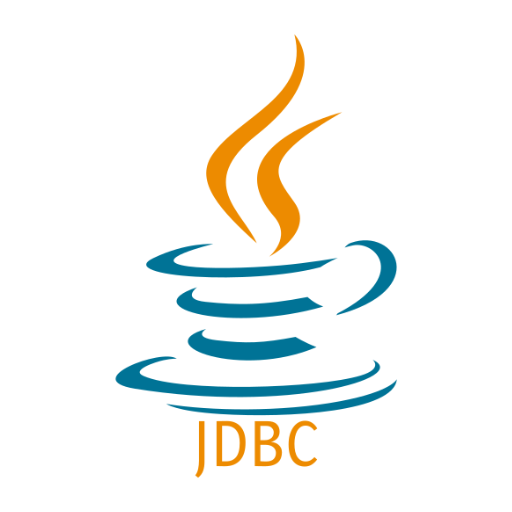


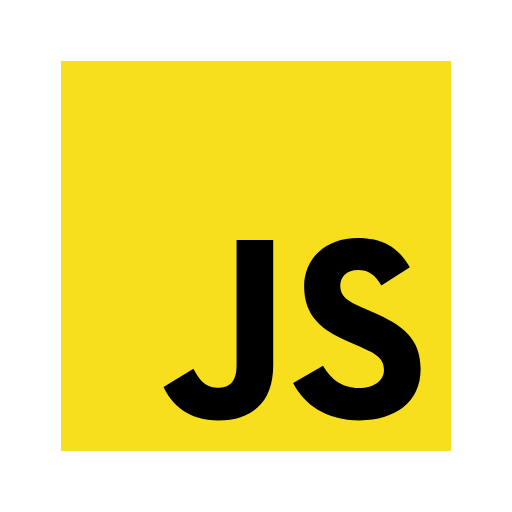
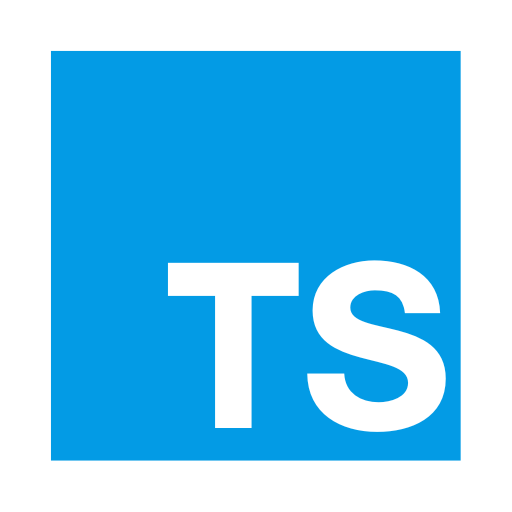
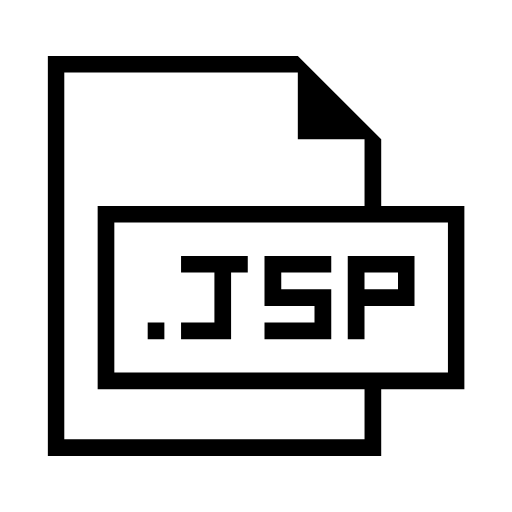
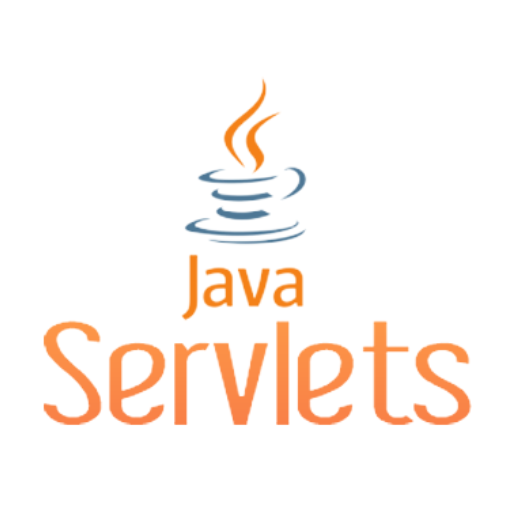


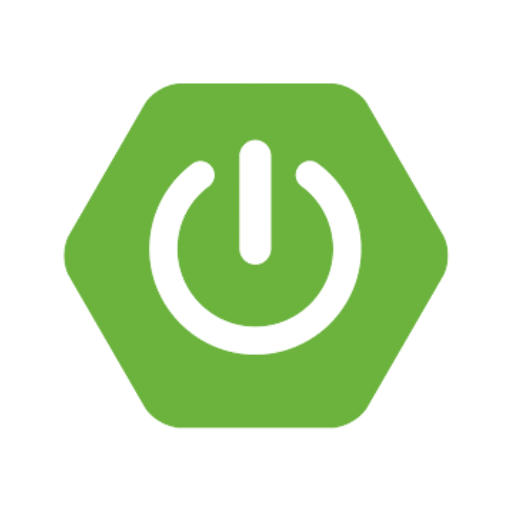


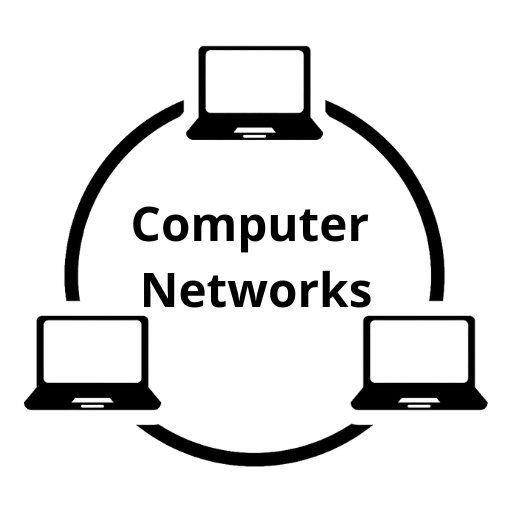
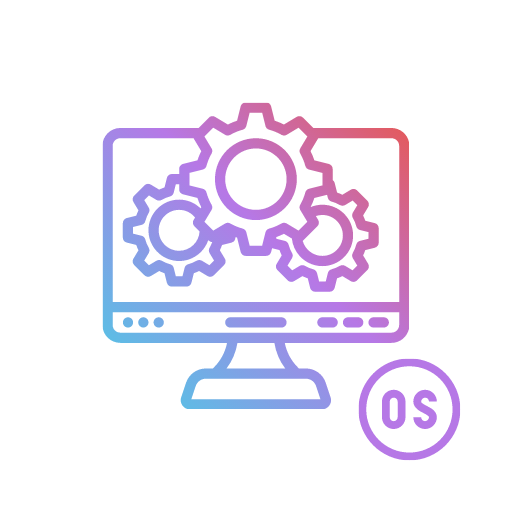
Mentorship Support

Live Sessions by Expertise Trainers and Access of Recorded Session is also available

Get a chance to work on Industry Oriented Projects to implement your learning

1:1 Mentorship Support available for all Students to clear all of your doubts
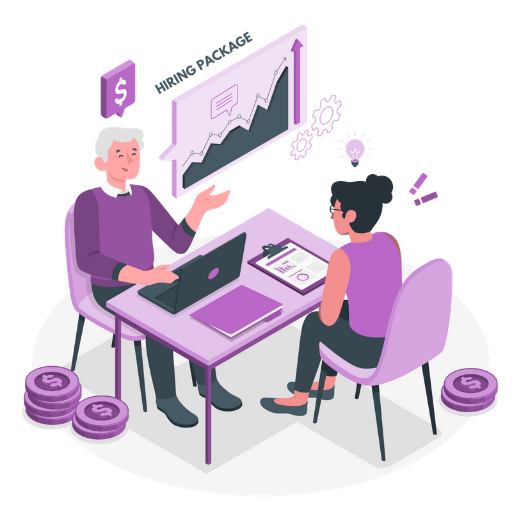
REGex provides Internship / Job opportunities to the best Students in different Companies.
You can get Internship/Training Opportunities to get placed in HP, DELL, Honeywell, Rightpoint, Frontdoor, Fractal and many more according to your performance
5 LPA
8 – 10 LPA
32 LPA
We’ll train you from first week and TEAM will analyze your performance according to your Assignments & tests.
You will be tested by different type of tests and assessments.
After Completion of 8th – 8.5th month, TEAM will guide you about resume making and Team will take your resumes and analyze it accordingly.
After this process you will get details about the further process of exam according to your performance and company’s requirement.
You will get Opportunities back to back from REGex End via a mail according to your performance.
o Use Case Diagram
o Class Diagram
o Sequence Diagram
o Introduction to Java
o Features of Java
o Evolution in Java
o Developing software in Java
o Installation and Setting up Eclipseo Introduction to Eclipse IDE
o Creating and Managing Java Projects
o Use of Java docs
o Miscellaneous Options
o Keywords
o Primitive Data Types
o Operators and Assignments
o Variables and Literals
o Flow Control: Java’s Control Statements
o Best Practices
o Classes and Objects
o Packages
o Access Specifiers
o Constructors – Default and Parameterized
o this reference
o using static keyword
o Best Practices
o The Object Class
o Wrapper Classes
o Type casting
o Using Scanner Class
o String Handling
o Date and Time API
o Best Practices
o Identifiers & JavaBeans
o Legal Identifiers
o Sun’s Java Code Conventions
o JavaBeans Standards
o Declare Classes
o Source File Declaration Rules
o Class Declarations and Modifiers
o Concrete Subclass
o Declaring an Interface
o Declaring Interface Constants
o Declare Class Members
o Access Modifiers
o Nonaccess Member Modifiers
o Constructor Declarationso Variable Declarations
o Declaring Enums
o Encapsulation
o Inheritance, Is-A, Has-A
o Polymorphism
o Overridden Methods
o Overloaded Methods
o Reference Variable Casting
o Implementing an Interface
o Legal Return Types
o Return Type Declarations
o Returning a Value
o Constructors and Instantiation
o Default Constructor
o Overloaded Constructors
o Statics
o Static Variables and Methods
o Coupling and Cohesion
o Stack and Heap—Quick Review
o Literals, Assignments, and Variables
o Literal Values for All Primitive Types
o Assignment Operators
o Casting Primitives
o Using a Variable or Array Element That Is Uninitialized and Unassigned
o Local (Stack, Automatic) Primitives and Objects
o Passing Variables into Methods
o Passing Object Reference Variables
o Does Java Use Pass-By-Value Semantics?
o Passing Primitive Variables
o Array Declaration, Construction, and Initialization
o Declaring an Array
o Constructing an Array
o Initializing an Array
o Initialization Blocks
o Using Wrapper Classes and Boxing
o An Overview of the Wrapper Classes
o Creating Wrapper Objects
o Using Wrapper Conversion Utilities
o Autoboxing
o Overloading
o Garbage Collection
o Overview of Memory Management and Garbage Collection
o Overview of Java’s Garbage Collector
o Writing Code That Explicitly Makes Objects Eligible for Garbage Collection
o Java Operators
o Assignment Operators
o Relational Operators
o instanceof Comparison
o Arithmetic Operators
o Conditional Operator
o Logical Operators
o if and switch Statements
o if-else Branching
o switch Statements
o Loops and Iterators
o Using while Loops
o Using do Loops
o Using for Loops
o Using break and continue
o Unlabeled Statements
o Labeled Statements
o Handling Exceptions
o Catching an Exception Using try and catch
o Using finally
o Propagating Uncaught Exceptions
o Defining Exceptions
o Exception Hierarchy
o Handling an Entire Class Hierarchy of Exceptions
o Exception Matching
o Exception Declaration and the Public Interface
o Rethrowing the Same Exception
o Common Exceptions and Errors
● Linked list
● Stacks
● Queues
● STL
● Sorting algorithms
● Bubble sort, Selection sort and Insertion sort
● Quicksort and Merge sort
● Non-comparison based sorting algorithms
● Counting sort and Radix sort
● What are spanning trees
● Kruskal algorithm
● Trees & Problems with binary trees
● Binary Search Trees, BST Sort
● Balanced trees: AVL trees and red-black trees
● AVL Trees, AVL Sort
● Hashmaps
● Tries and Huffman Coding
● Dynamic programming
● Graphs
● Programs based on it
● Shortest path algorithms
● Dijkstra’s algorithm, Speeding up Dijkstra
● Bellman-Ford algorithm
● Memoization, Subproblems, Guessing, Bottom-up; Fibonacci
● Parent Pointers; Text Justification, Perfect-Information Blackjack
● String Subproblems, Pseudo Polynomial Time
● Parenthesization, Edit Distance, Knapsack
● Computational Complexity
● Algorithms Research Topics
o Introduction Regular Expressions
o The java.util.regex package – Pattern & Matcher class
o Input validation with Regular Expression
o Concept of Layered Architecture
▪ Importance of each layer ( Service/Business Logic, DAO/Repository,
presentation/UI etc) In an application
o Introduction
o Folder Structure
o The pom.xmlo Dependencies
o Goals
o Scopes
o The Compiler Plugin
o Source Plugin
o Jar Plugin
o Types of Tests
o Why Unit Tests Are Important
o What’s JUnit?
o JUnit 5 Architecture
o IDEs and Build Tool Support
o Setting up JUnit with Maven
o Lifecycle Methods
o Test Hierarchies
o Assertions
o Disabling Tests
o Assumptions
o Test Interfaces and Default Methods
o Repeating Tests
o Dynamic Tests
o Parameterized Tests
o Argument Sources
o Argument Conversion
o What Is TDD?
o History of TDD
o Why Practice TDD?
o Types of Testing
o Testing Frameworks and Tools
o Testing Concepts
o Insights from Testing
o Mocking Concepts
o Mockito Overview
o Mockito Demo
o Creating Mock Instances
o Stubbing Method Calls
o String, StringBuilder, and StringBuffer
o The String Class
o Important Facts About Strings and Memory
o Important Methods in the String Class
o The StringBuffer and StringBuilder Classes
o Important Methods in the StringBuffer and StringBuilder Classes
o File Navigation and I/O
o Types of Streams
o The Byte-stream I/O hierarchyo Character Stream Hierarchy
o RandomAccessFile class
o The java.io.Console Class
o Serialization
o Dates, Numbers, and Currency
o Working with Dates, Numbers, and Currencies
o Parsing, Tokenizing, and Formatting
o Locating Data via Pattern Matching
o Tokenizing
o Overriding hashCode() and equals()
o Overriding equals()
o Overriding hashCode()
o Collections
o So What Do You Do with a Collection?
o List Interface
o Set Interface
o Map Interface
o Queue Interface
o Using the Collections Framework
o ArrayList Basics
o Autoboxing with Collections
o Sorting Collections and Arrays
o Navigating (Searching) TreeSets and TreeMaps
o Other Navigation Methods
o Backed Collections
o Generic Types
o Generics and Legacy Code
o Mixing Generic and Non-generic Collections
o Polymorphism and Generics
o Defining, Instantiating, and Starting Threads
o Defining a Thread
o Instantiating a Thread
o Starting a Thread
o Thread States and Transitions
o Thread States
o Preventing Thread Execution
o Sleeping
o Thread Priorities and yield( )
o Synchronizing Code
o Synchronization and Locks
o Thread Deadlock
o Thread Interaction
o Using notifyAll( ) When Many Threads May Be Waiting
o Introducing Executors, What Is Wrong with the Runnable Pattern?
o Defining the Executor Pattern: A New Pattern to Launch Threads
o Defining the Executor Service Pattern, a First Simple Example
o Comparing the Runnable and the Executor Service Patterns
o Understanding the Waiting Queue of the Executor Service
o Wrapping-up the Executor Service Pattern
o From Runnable to Callable: What Is Wrong with Runnables?
o Defining a New Model for Tasks That Return Objects
o Introducing the Callable Interface to Model Tasks
o Introducing the Future Object to Transmit Objects Between Threads
o Wrapping-up Callables and Futures, Handling Exceptions
o Implementing Concurrency at the API Level
o Hierarchy of Collection and Map, Concurrent Interfaces
o What Does It Mean for an Interface to Be Concurrent?
o Why You Should Avoid Vectors and Stacks
o Understanding Copy On Write Arrays
o Introducing Queue and Deque, and Their Implementations
o Understanding How Queue Works in a Concurrent Environment
o Adding Elements to a Queue That Is Full: How Can It Fail?
o Understanding Error Handling in Queue and Deque
o Introducing Concurrent Maps and Their Implementations
o Atomic Operations Defined by the ConcurrentMap Interface
o Understanding Concurrency for a HashMap
o Understanding the Structure of the ConcurrentHashMap from Java 7
o Introducing the Java 8 ConcurrentHashMap and Its Parallel Methods
o Parallel Search on a Java 8 ConcurrentHashMap
o Parallel Map / Reduce on a Java 8 ConcurrentHashMap
o Parallel ForEach on a Java 8 ConcurrentHashMap
o Creating a Concurrent Set on a Java 8 ConcurrentHashMap
o Introducing Skip Lists to Implement ConcurrentMap
o Understanding How Linked Lists Can Be Improved by Skip Lists
o How to Make a Skip List Concurrent Without Synchronization
● Introduction to DevOps
o Introduction of DevOps
o Dev And Ops
o Agile Vs DevOps
o Continuous Integration & Delivery pipeline
o Tools For DevOps
o Use-case walkthrough
● GIT Hub
o Working locally with GIT
o Working remotely with GIT
o Branching, merging & rebasing with GIT
o Use Case walkthrough
● Jenkins:
o Introduction to Jenkins
o Jenkins Objective
o Introduction to continuous integration deployment & Jenkins-ci
o Continuous Deployment & distribution builds with Jenkins
o Creational Design Pattern
▪ Factory Pattern
▪ Singleton Pattern
▪ Prototype Pattern
o Structural Design Pattern
▪ Decorator Pattern
▪ Facade Pattern
o Behavioral Design Pattern
▪ Chain of Responsibility Pattern
▪ Iterator Pattern
o Presentation Layer Design Pattern
▪ Intercepting Filter Pattern
▪ Front Controller Pattern
o Business Layer Design Pattern
▪ Business Delegate Pattern
▪ Transfer Object Pattern
o Integration Layer Design Pattern
▪ Data Access Object Pattern
● Introduction
o The Relational Model
● Understanding Basic SQL Syntaxo The Relational Model
o Basic SQL Commands – SELECT
o Basic SQL Commands – INSERT
o Basic SQL Commands – UPDATE
o Basic SQL Commands – DELETE
● Querying Data with the SELECT Statement
o The SELECT List
o SELECT List Wildcard (*)
o The FROM Clause
o How to Constrain the Result Set
o DISTINCT and NOT DISTINCT
● Filtering Results with the Where Clause
o WHERE Clause
o Boolean Operators
o The AND Keyword
o The OR Keyword
o Other Boolean Operators BETWEEN, LIKE, IN, IS, IS NOT
● Shaping Results with ORDER BY and GROUP BY
o ORDER BY
o Set Functions
o Set Function And Qualifiers
o GROUP BY
o HAVING clause
● Matching Different Data Tables with JOINs
o CROSS JOIN
o INNER JOIN
o OUTER JOINs
o LEFT OUTER JOIN
o RIGHT OUTER JOIN
o FULL OUTER JOIN
o SELF JOIN
● Creating Database Tables
o CREATE DATABASE
o CREATE TABLE
o NULL Values
o PRIMARY KEY
o CONSTRAINT
o ALTER TABLE
o DROP TABLE
▪ Introduction to JDBC
o Connection, Statement, PreparedStatement, ResultSet
▪ Introduction
– Introduction & overview of data persistence
– Overview of ORM tools
– Understanding JPA
– JPA Specifications
▪ Entities
– Requirements for Entity Classes
– Persistent Fields and Properties in Entity Classes
– Persistent Fields
– Persistent Properties
– Using Collections in Entity Fields and Properties
– Validating Persistent Fields and Properties
– Primary Keys in Entities
▪ Managing Entities
– The EntityManager Interface
– Container-Managed Entity Managers
– Application-Managed Entity Managers
– Finding Entities Using the EntityManager
– Managing an Entity Instance’s Lifecycle
– Persisting Entity Instances
– Removing Entity Instances
– Synchronizing Entity Data to the Database
– Persistence Units
▪ Querying Entities
– Java Persistence query language (JPQL)
– Criteria API
▪ Entity Relationships
– Direction in Entity Relationships
– Bidirectional Relationships
– Unidirectional Relationships
– Queries and Relationship Direction
– Cascade Operations and Relationships
● Java Web Applications
o Web Applications – An Overviewo Web Components
o JEE Containers
● Introduction to Servlets API and Ease of Development through Annotations
o Introduction to Servlet
o Role of Servlets in Web Application Design
o Advantages of Servlets
o Basic Servlet Architecture: Servlet Container
o Servlet Lifecycle
o Ease of Developing Servlets through Annotations
o Retrieving Information from HTML Page
● Request Object
o Processing Get and Post Requests from Web Clients
o Request Dispatcher
● Listener
● Session Tracking
o Introduction and Need for Session Tracking
Different Techniques for Session Manage
● HTML Basics
o Understand the structure of an HTML page.
o New Semantic Elements in HTML 5
o Learn to apply physical/logical character effects.
o Learn to manage document spacing.
● Tables
o Understand the structure of an HTML table.
o Learn to control table format like cell spanning, cell spacing, border
● List
o Numbered List
o Bulleted List
● Working with Links
o Understand the working of hyperlinks in web pages.
o Learn to create hyperlinks in web pages.
o Add hyperlinks to list items and table contents.
● Image Handling
o Understand the role of images in web pages
o Learn to add images to web pages
o Learn to use images as hyperlinks
● Frames
o Understand the need for frames in web pages.
o Learn to create and work with frames.
● HTML Forms for User Input
o Understand the role of forms in web pages
o Understand various HTML elements used in forms.
o Single line text field
o Text area
o Check box
o Radio buttons
o Password fields
o Pull-down menus
o File selector dialog box
● New Form Elementso Understand the new HTML form elements such as date, number, range, email,
search and datalist
o Understand audio, video, article tags
▪ Introduction to Cascading Style Sheets 3.0
– What CSS can do
– CSS Syntax
– Types of CSS
▪ Working with Text and Fonts
– Text Formatting
– Text Effects
– Fonts
▪ CSS Selectors
– Type Selector
– Universal Selector
– ID Selector
o Class selector
▪ Colors and Borders
– Background
– Multiple Background
– Colors RGB and RGBA
– HSL and HSLA
– Borders
– Rounded Corners
– Applying Shadows in border
▪ Introduction to Bootstrap
– Introduction
– Getting Started with Bootstrap
▪ Bootstrap Basics
– Bootstrap grid system
– Bootstrap Basic Components
▪ Bootstrap Components
– Page Header
– Breadcrumb
– Button Groups
– Dropdown
– Nav & Navbars
▪ JavaScript Essentials
▪ ES6 & Typescript
– Var, Let and Const keyword
– Arrow functions, default arguments
– Template Strings, String methods
– Object de-structuring- Spread and Rest operator
– Typescript Fundamentals
– Types & type assertions, Creating custom object types, function types
– Typescript OOPS – Classes, Interfaces, Constructor, etc
• Asynchronous Programming in ES6
– Promise Constructor
– Promise with Chain
– Promise Race
OSI Model
TCP/IP Model
Network topologies and Ethernet
Internet Protocol v4 and v6
Media Access Control and Address Resolution Protocols
Access points, routers, modems
Firewalls, TCP ports, UDP ports
Fee can be paid as No Cost EMI @4000/month
WhatsApp us